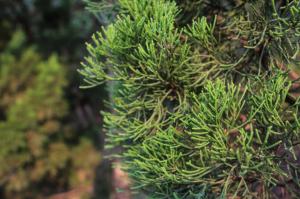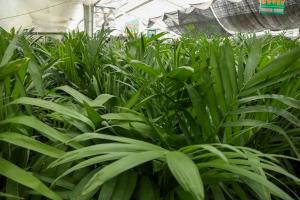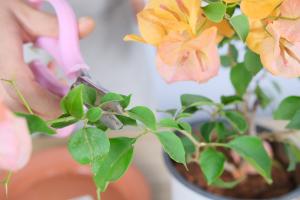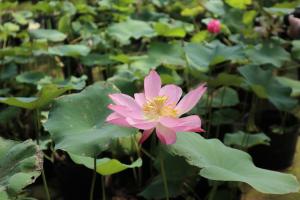Do Plants Turn Yellow with Too Much Water?
Overwatering your plants is a common mistake many gardeners make, and it can have serious consequences for plant health. One of the most noticeable signs of too much water in plants is yellowing of foliage. But why does this happen, and how can you prevent it? In this article, we will explore the reasons behind yellowing in overwatered plants and what you can do to keep your plants healthy.
Why Do Plants Turn Yellow with Too Much Water?
Yellowing of foliage in overwatered plants can occur due to several reasons. First and foremost, overwatering leads to waterlogged soil, which reduces oxygen levels in the soil. This makes it difficult for roots to absorb nutrients and oxygen from the soil, leading to nutrient deficiencies that cause leaves to turn yellow.
Secondly, overwatering can lead to root rot, a fungal disease that damages roots and prevents them from functioning properly. As a result, plants are unable to absorb water and nutrients, leading to yellowing and eventual death of foliage.
Lastly, overwatered plants are at risk of developing other diseases and pest infestations that can damage foliage and cause yellowing. For example, excess moisture creates a favorable environment for fungal diseases and attracts pests like fungus gnats and aphids that feed on plant juices, leading to yellowing and wilting of leaves.
How Can You Prevent Yellowing in Overwatered Plants?
Preventing yellowing in overwatered plants requires a few simple measures to ensure your plants get the right amount of water and nutrients they need to thrive. Here are some tips:
1. Water Your Plants Correctly: Always check the soil before watering your plants. Stick your finger about 2 inches into the soil; if it feels dry, it's time to water. Water plants thoroughly until water drains out from the bottom of the pot, then allow the soil to dry out before watering again.
2. Improve Your Soil: Use well-draining soil mixes that allow excess water to drain out quickly. Avoid heavy clay soils that retain moisture and can lead to waterlogged conditions. Use organic matter like compost to improve soil texture and drainage.
3. Provide Good Air Circulation: Good air circulation helps to reduce humidity levels around plant foliage, preventing fungal diseases and pest infestations. Use fans or open windows to improve air flow and prevent moisture buildup around plants.
4. Treat Root Rot Immediately: If you suspect your plant has root rot, treat it immediately by pruning away damaged roots and repotting the plant in fresh soil. Avoid overwatering the plant and allow the soil to dry out between waterings.
5. Use Pest Prevention Measures: To prevent pests like fungus gnats and aphids from infesting your plants, use natural pest control methods like neem oil or insecticidal soap. Place yellow sticky traps around plants to catch adult flies and monitor pest populations.
Conclusion
Overwatering your plants can lead to yellowing of foliage, a sign that your plant is stressed and needs attention. By following the tips outlined in this article, you can prevent yellowing and other problems in your plants, ensuring they remain healthy and beautiful.

 how many times do yo...
how many times do yo... how many planted tre...
how many planted tre... how many pine trees ...
how many pine trees ... how many pecan trees...
how many pecan trees... how many plants comp...
how many plants comp... how many plants can ...
how many plants can ... how many plants and ...
how many plants and ... how many pepper plan...
how many pepper plan...






























